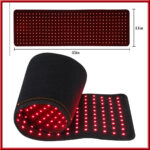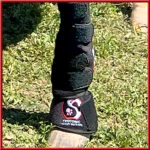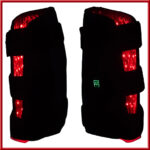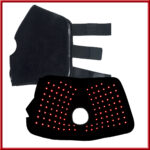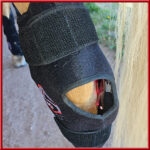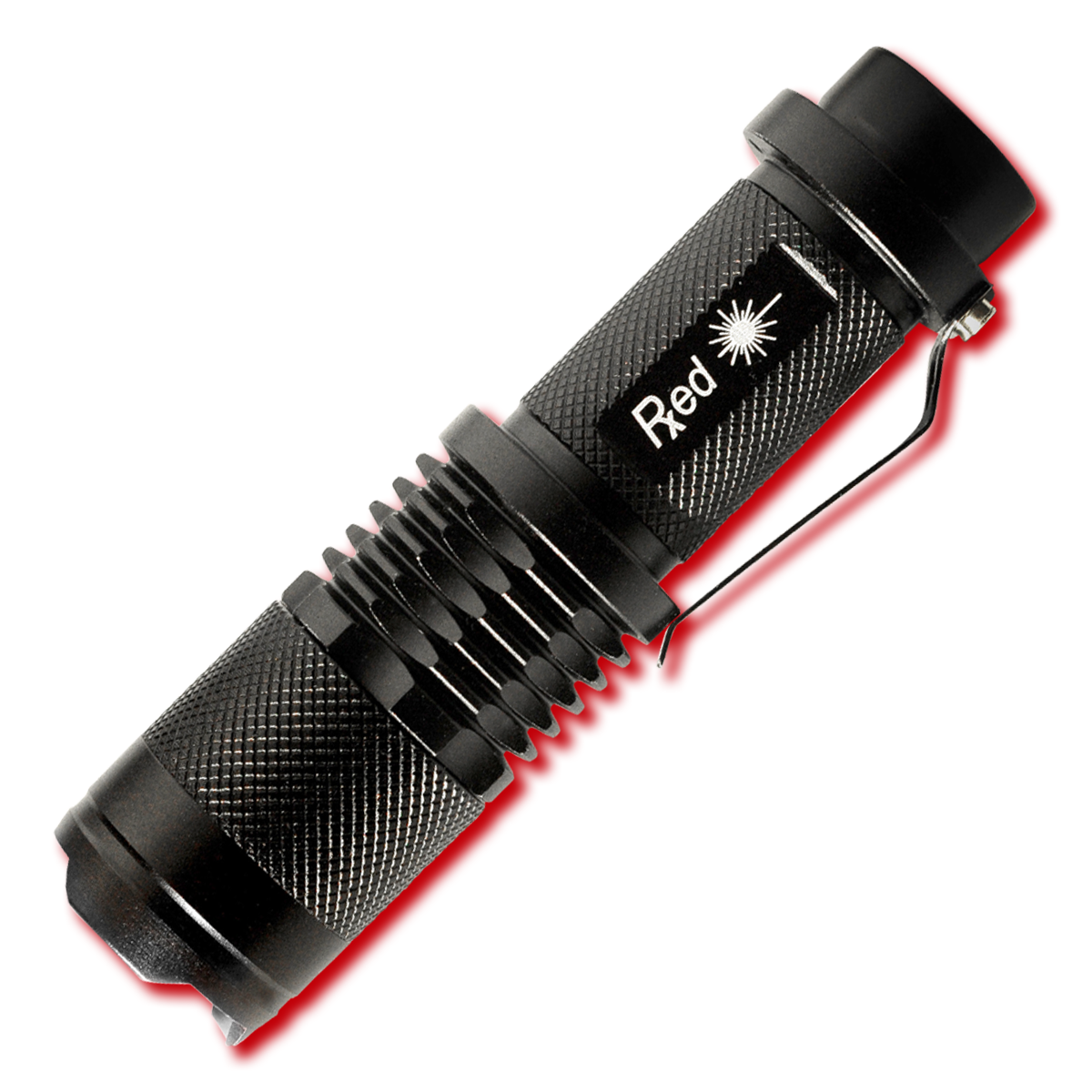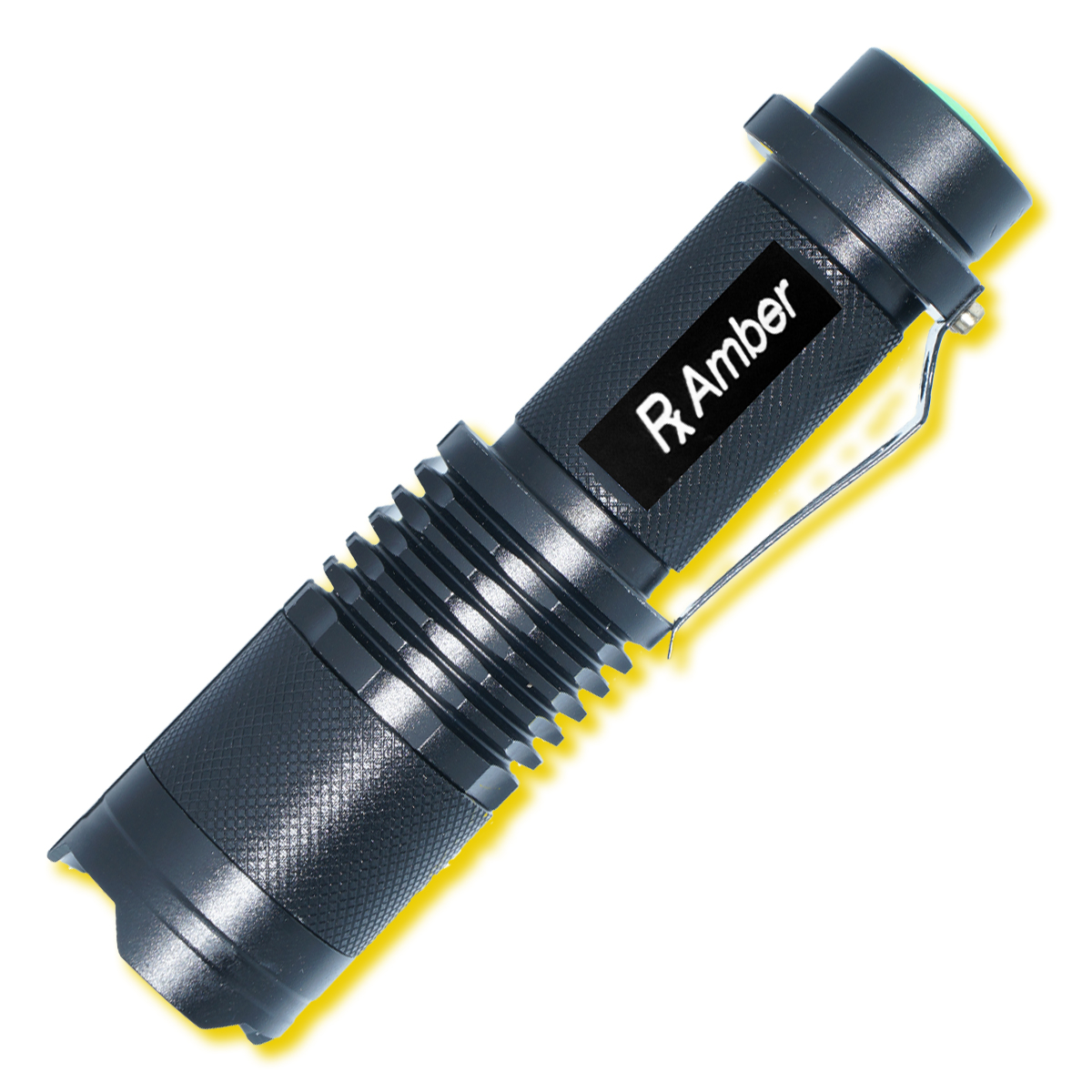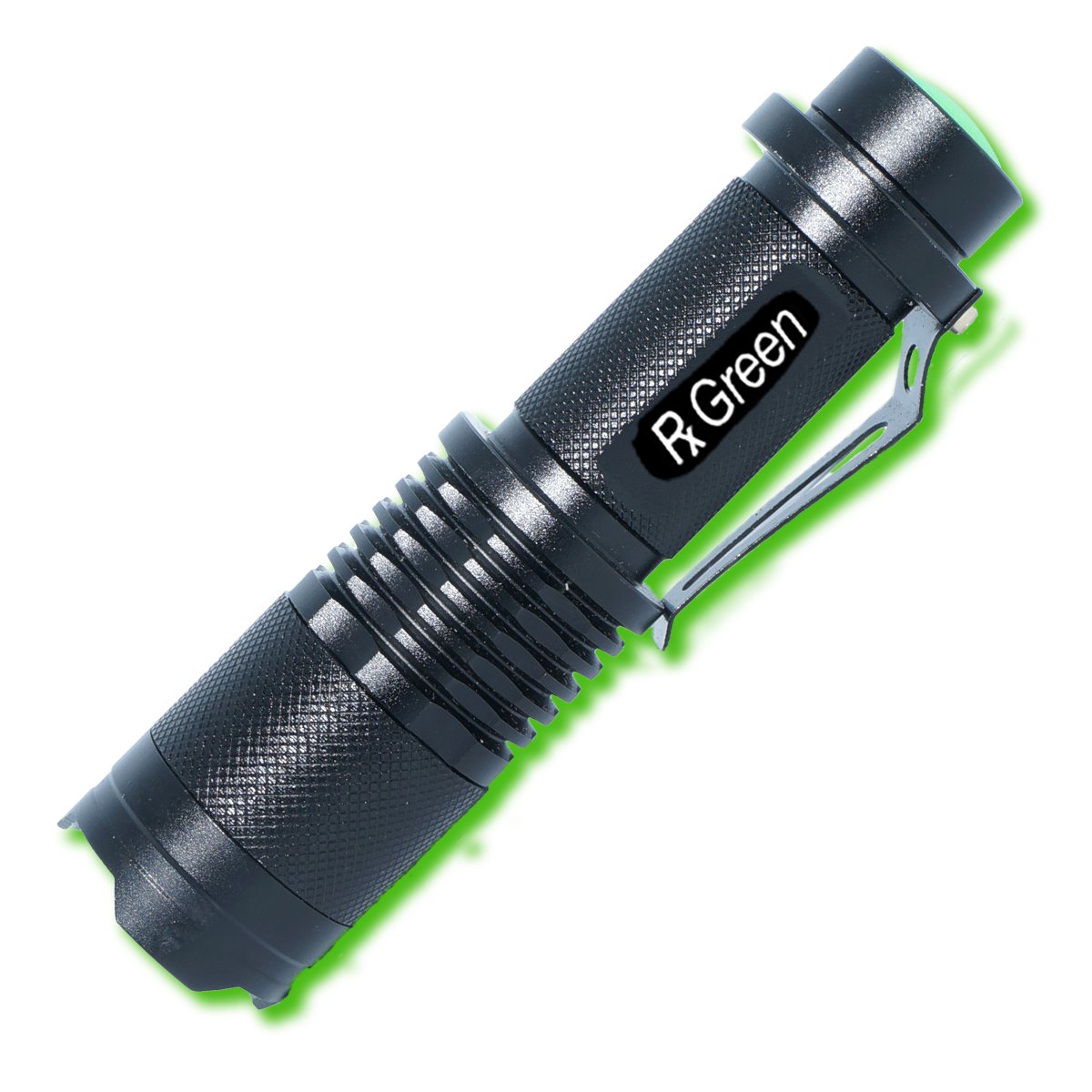"When an organism, in certain places is lit up with visible light, that light can travel uncommonly long distances, and the route the light takes is only on the meridians. "

The Institute for Clinical and Experimental Medicine in Novosibirsk, USSR, in a research project lasting several years, sought to explain how the human body conducts light. They found that the light conducting ability of the human body exists only along the meridians, and can enter and exit only along the acupuncture points. Dr. Kaznachejew, a professor of physics, described the research work to the author. For Raum and Zeit this writing is proof of the pragmatic thinking of the Soviet researchers, who are going into the experiment even though it would stand orthodox thinking on its head.
Man has always thought that human tissue could not transfer light. We all cast a shadow, our body is not transparent. The latest theory is that light, when exposed to human skin, has been shown to pass into the body between 2 and 30mm, depending on the color spectrum of the light. Experiments have shown that to a great extent, living tissue including the outer skin, but mainly the tissue beneath the skin, has a diffusing character. In essence the light, regardless of the angle of light, would conduct in all directions. Experiments have shown that the way the light travels through living tissue also determines how it scatters, depending on the cell structure of the tissue.
ASTONISHING EXPERIMENT
The experiments at the Institute for Clinical and Experimental Medicine in Novosibirsk, USSR are most astounding. The group of experimenters under the leadership of Professor Kaznachejew did the following: A light beam was directed at a right angle onto several different parts of the human skin for the purpose of measuring the reaction of the skin to visible light. The light source was a simple laboratory lamp, and they used several different filters in front of the beam of light between the skin and the lamp. Suddenly the experimenters registered a light signal, a small speck of light on a place that was not light up (about 10cm. away from the lit area). One can imagine how astounded the researchers were when they found this light on a place other than the lit area which proves that the light has traveled beneath the skin. The strength of the exiting light signal was measured with a photometric unit and magnified by a photoluminescence microscope with a photomultiplier.
Fired on by that, the experimenters started a group of several experiments with better equipment. It became evident that only certain places on the surface of the body were able to transfer light under the skin. Only on certain places can it travel well under the skin. What was astonishing was the fact that the light sensitive regions were the same as the well known acupuncture pathways. These particular points have been written up and pointed out more than several thousand years ago by Chinese acupuncturists. They call them “meridians”. Traditional Chinese Medicine points out that the human body has twelve such meridian passageways throughout the human body. Each passageway has a main acupuncture point where it starts. Then the meridian goes into the inner body, passes through several organs and then exits at the skin – definitely at another place.
Astonishing is the fact that the Traditional Chinese Medicine use of acupuncture is a powerful therapeutic and analgesic tool. (for instance special trained doctors practice without the use of anesthetics).
WHITE LIGHT TRAVELS BEST
The experiments from Novosibirsk demonstrate that light travels well only through the acupuncture points. If the light source is only 3-4mm away from the acupuncture point, the signal disappears immediately from the photodetector. It is interesting that the path of the light through the human body depends on the spectrum. White light (a mixture of all colors) travels the best. Then comes red and blue. Green light travels the least. It’s signal is considerably weaker.
When an organism, in certain places is lit up with visible light, that light can travel uncommonly long distances, and the route the light takes is only on the meridians. This seems to prove that we have a light transferal system in our body somewhat like optical fiber. It appears that the light can even travel when the light canal is bent, or totally twisted. The light appears to be reflected from the inner surface, appearing to go in some sort of zig-zag track. You can explain this through traditional electromagnetic light theory as it is used in optical fiber communications.
Once you accept the theory of the light transferal system, and that we can access this light system through points on the surface of the body we can understand the development of optical fiber. What are the most important points of this particular science? In every reflection the light hits the inner mantle of the fiber, it gets reflected and it is absolutely necessary that the border of the reflection point is smooth. Some people have the ability with the help of their own body parts, for instance the finger, to read colors – to distinguish between colors and read text. The system may be the same as the acupuncture meridian system which also encompasses and is connected to the organs. Thus this system is like people who see with their skin.
EVEN PLANTS CAN TRANSFER LIGHT
It is interesting that the American research (Scientific American Aug. 1984) has studied the effects of light transfer through plant stems. When one end of the stem of a barley plant was lit up with a red light (a helium – neon laser) it was found to transfer light a distance of over 4.5cm. It registered that on a photo multiplying device. The plant was bent considerably as the light traveled through it. How can we interpret this interesting phenomenon. The sun activates all processes on the face of the earth by electromagnetic beams which are sent in all possible wavelengths. the earth has certain electromagnetic shields; the ionosphere, the ozone layer, and the atmosphere. It allows the light beams from the sun to enter the spectral zone of the earth’s surface. This visible spectrum window has a wavelength between 290 nanometers and 700 nanometers, and radiowaves with lengths between one and 30 cm. The lightsystem of any living being is mainly able to receive only the visible electromagnetic spectrum Therefore only reacts to the intensity of the incoming light, which also determines the life cycle. In other words, the entire inner system of the light supporting canals is possibly an additional factor of life -giving help in the frame of our adaptation of the electromagnetic outer field.
It is possible that the use of the inner light helps our organism to cope with the changes in our environment, and therefore regulates the functions of our different body parts. Plants do not have an equivalent of the nerve system of higher species therefore it must be assumed that the light paths act similarly to the nerve system. In the human organism the light system is possibly one of the oldest regulators that we inherited from earlier evolution at a time when other living organisms were totally underdeveloped or nonexistent.


